How Startups Can Build Commercial Momentum During R&D
In collaboration with our partner HubSpot, we demonstrate practical ways for startups to build commercial momentum and lay the foundation for their go-to-market strategy, even during the R&D phases.
.png)
Bringing an innovation to market doesn’t start the day your R&D ends — it can start much earlier. While most grant funding won’t cover sales and marketing activities, that doesn’t mean you have to put your commercial plans on hold. In fact, laying the groundwork during development can give you a powerful advantage when it’s time to launch.
With the right mindset and the right tools, you can build awareness, nurture early interest, and prepare your go-to-market strategy long before your product is ready. We’ll explore practical ways for startups to start marketing in the R&D phase and how to do so efficiently, even without grant funding support.
To help you take those first steps, we’ll show how HubSpot’s AI-powered CRM can support your early marketing efforts, from building relationships to scaling campaigns. And if you’re ready to get started, you can take advantage of an exclusive offer: 30% off Professional and Enterprise plans for one year. Depending on your eligibility, this discount could be up to 90%!
A strong first step toward launch is to capture all your contacts in a CRM for future AI-powered personalisation. Build a waitlist of interested customers and start to create excitement, so that you have a ‘ready’ audience the moment your product is live. Here’s a simple way you can do this:
- Create a landing page - Add a simple page to your website with a clear message such as ‘Coming Soon’ or ‘Join the Beta’.
- Collect sign-ups – Include a short form asking for names, emails, and (if relevant) business details. Keep it quick to fill out, so more people sign up.
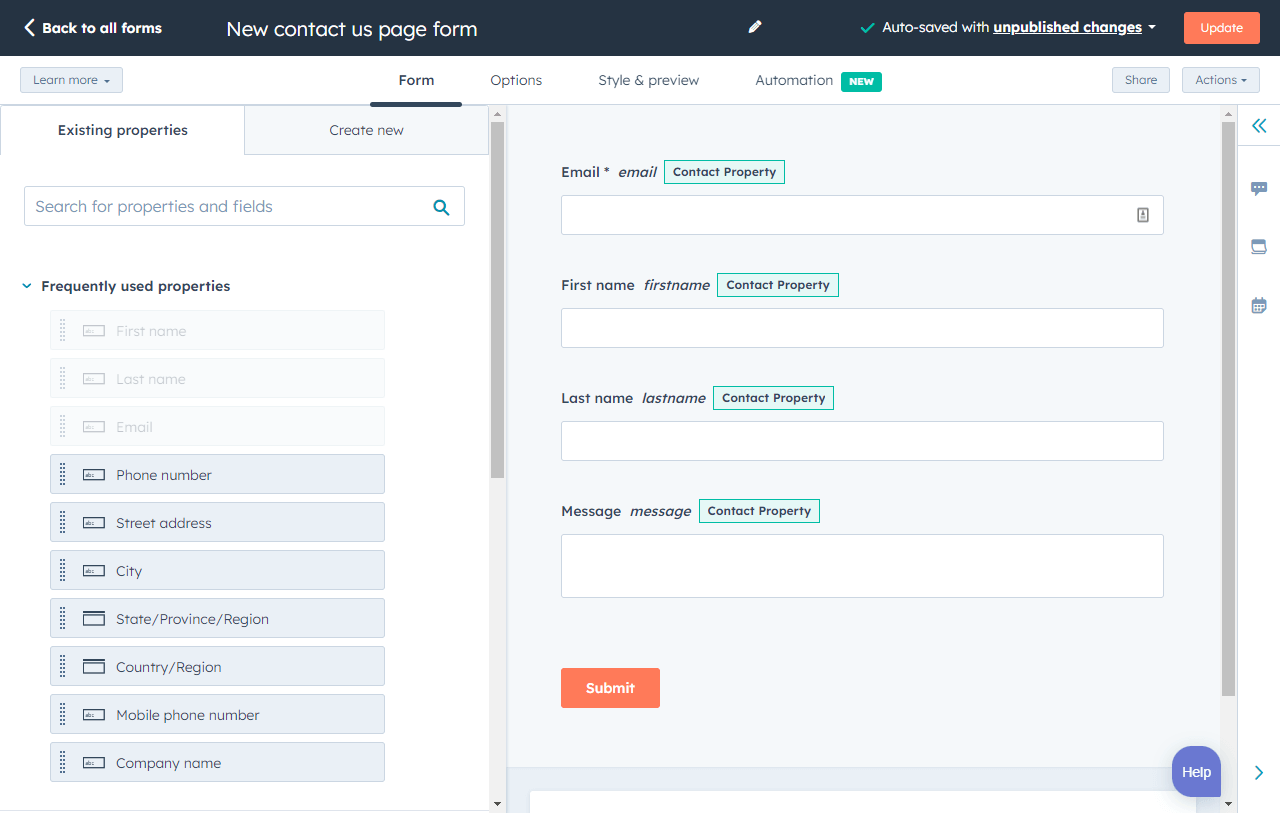
- Connect to your CRM – Store these contacts in your CRM (Customer Relationship Management) system, so you can segment them later by interest, industry, or readiness to buy.
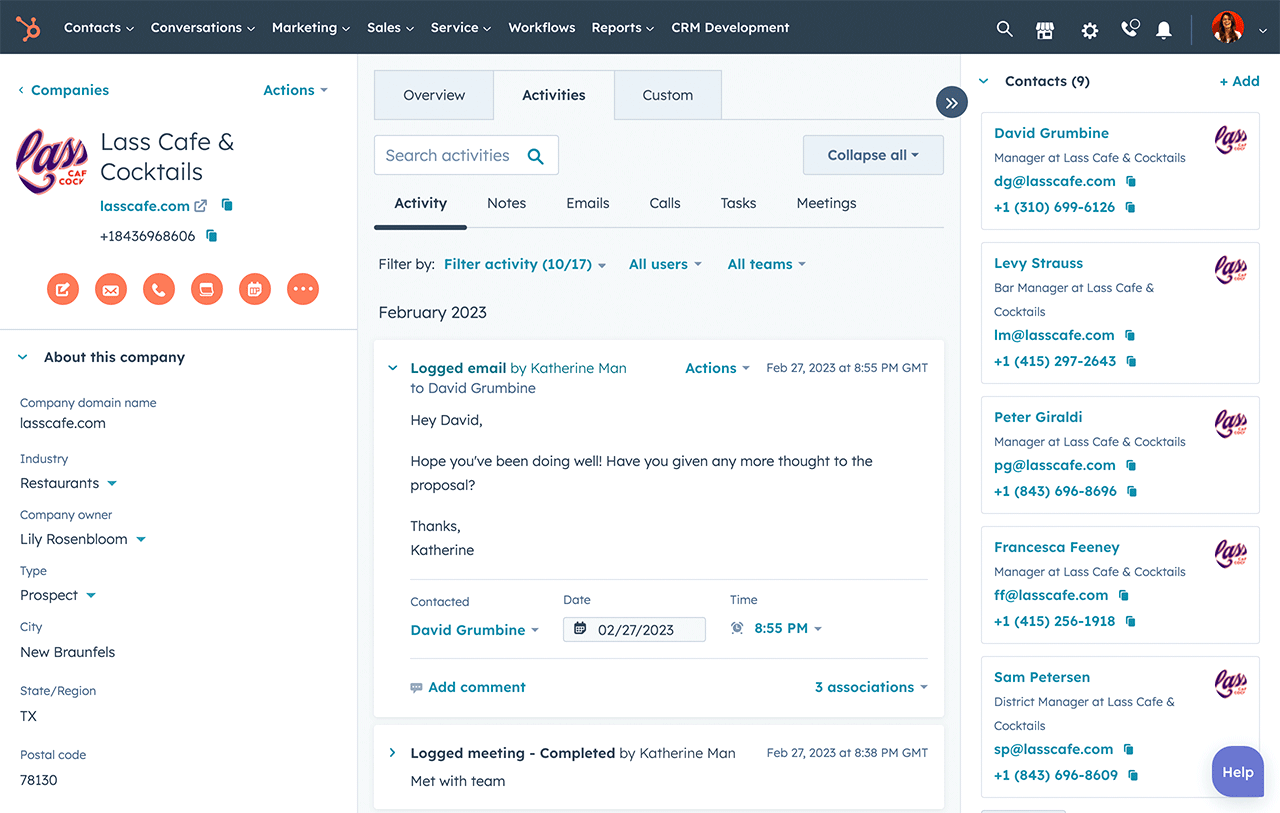
- Automate follow-up – Set up a basic email workflow to welcome new sign-ups, share occasional updates, and keep your waitlist engaged until launch day.
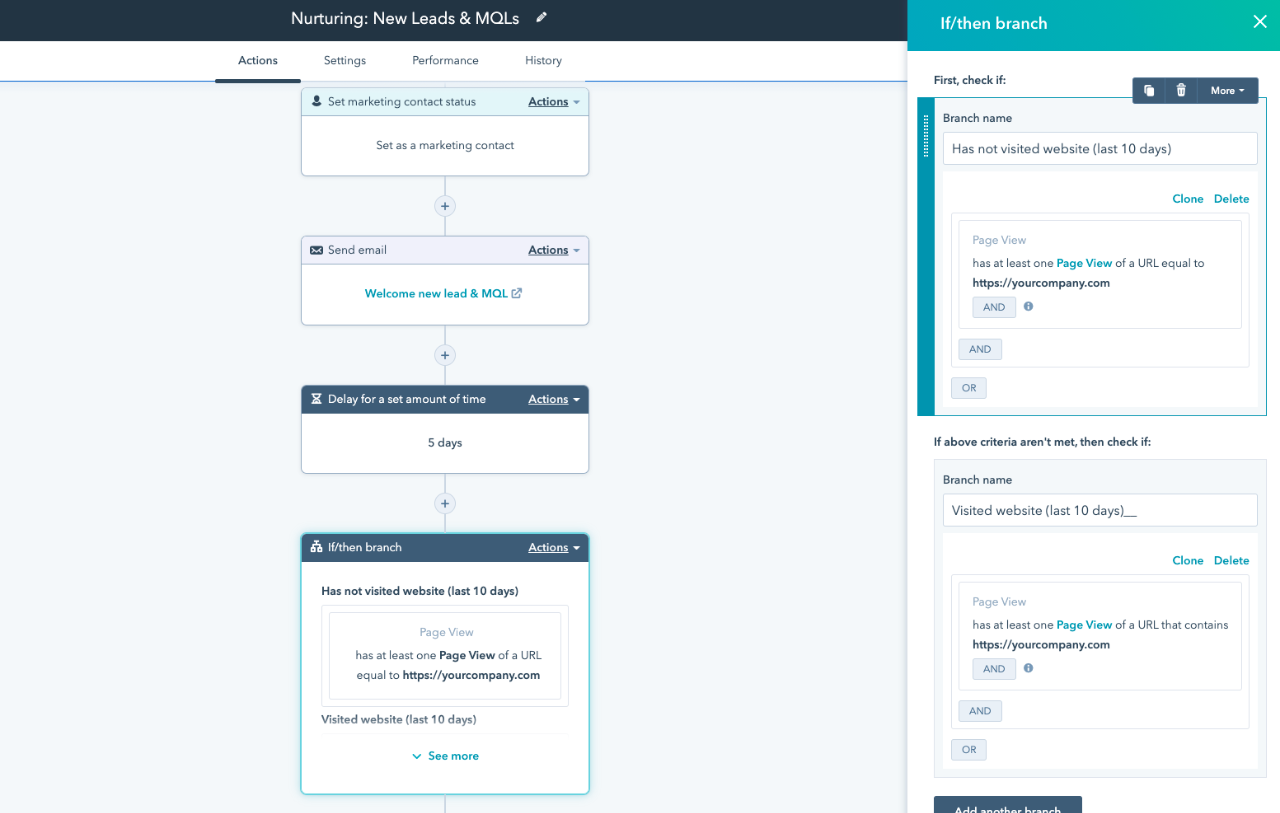
Launching an early-access or pilot programme is a smart way to test your product in real-world conditions. These programmes let you gather valuable feedback, identify issues, and refine your offering before a full launch.
Investors and funders also value seeing your product used in practice — it demonstrates traction and potential market fit.
To ensure a smooth and organised process for this, we recommend:
- Using a CRM to manage communication with pilot participants efficiently.
- Automating onboarding with welcome emails and instructions to get users started quickly.
- Collecting feedback using surveys or forms after the pilot to learn what works and what improvements may be required.
Even with limited marketing resources, a simple yet well-run pilot can provide insights, proof of concept, and early advocates for your product.
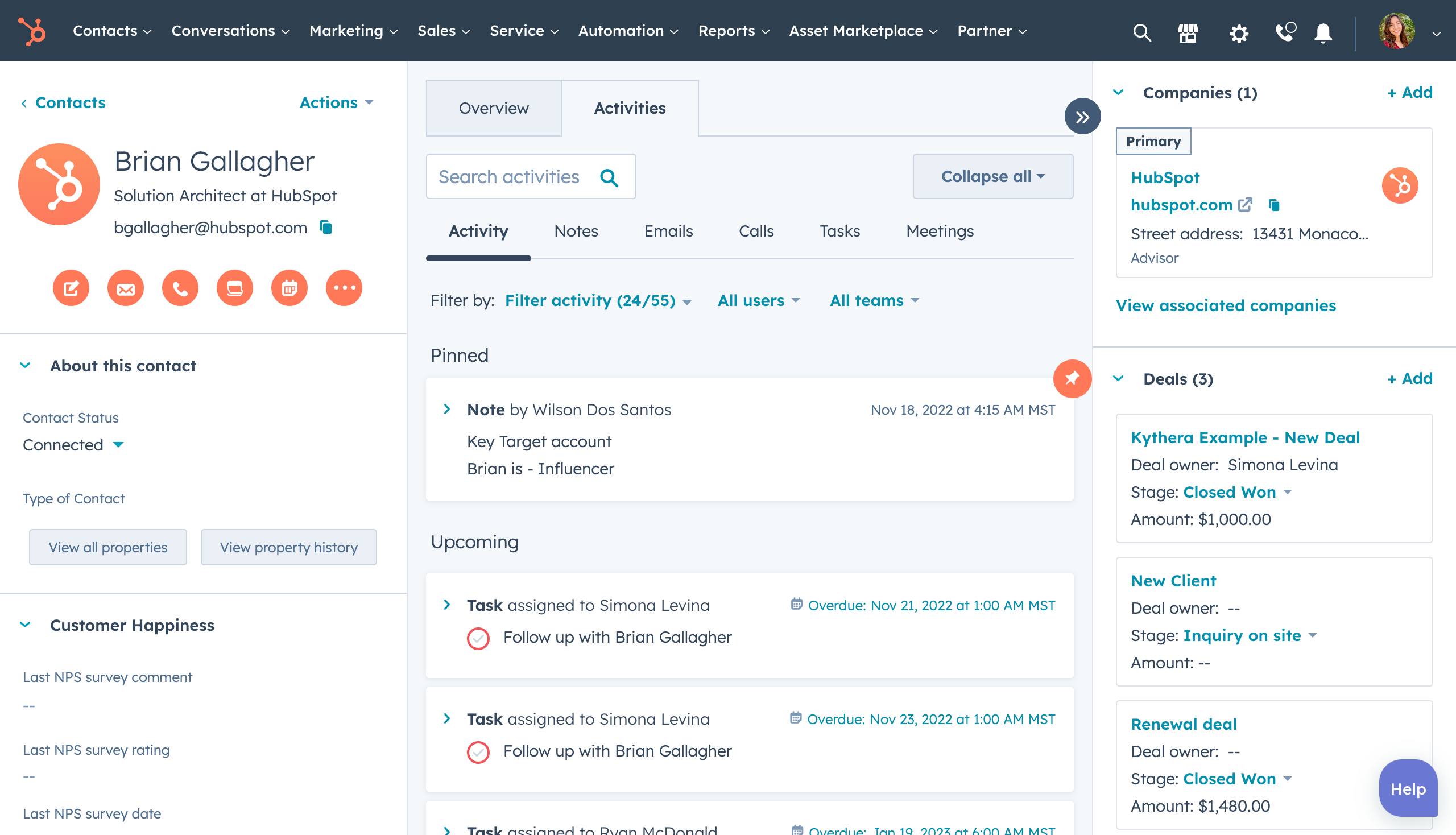
Build based on real user feedback. The most successful innovators solve real problems, not assumed ones. Use your pilot programme, as explained above, to gather feedback and uncover actual pain points. You can do so by…
- Collect insights using feedback forms and NPS surveys after the pilot.
- Organise data, such as storing qualitative feedback in HubSpot contact records and linking it to specific user segments or product use cases.
- Track issues using ticket pipelines — even for non-support items — to monitor bugs, feature requests, and usability blockers.
This creates a data-driven ‘insights bank’ that your product team can use to prioritise improvements and make informed decisions.
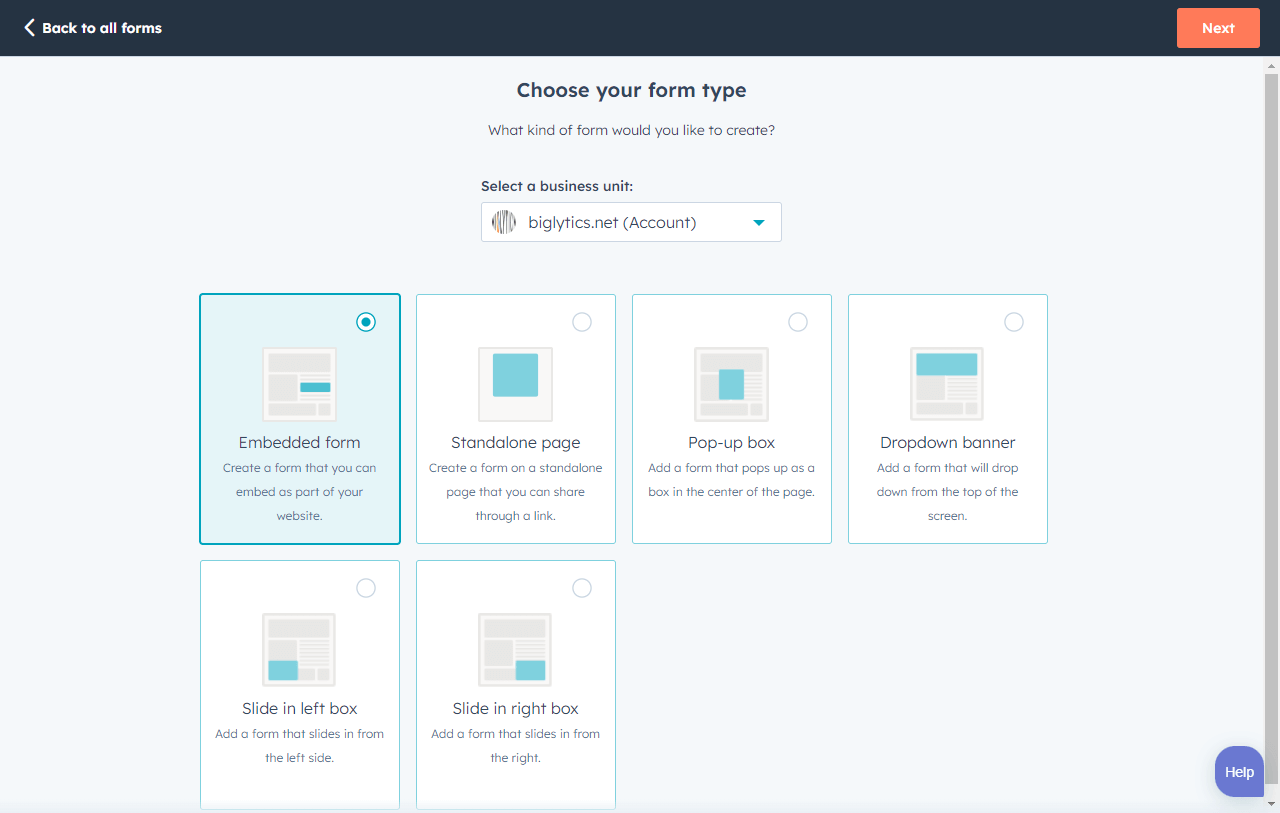
While you can’t use grant funds to sell, you can start to build trust and awareness, educate your audience, and position your product through thought leadership.
Content creation
Tools like HubSpot’s AI Blog Writer can act as a thought partner to help you plan blog posts, article topics, or social content, as well as write content in your brand voice. This is especially valuable if your team lacks marketing specialists — a common scenario for technical or engineering-focused teams. The tool helps you produce content ideas quickly and maintain a consistent content strategy.
Build search visibility
Regular content helps your audience discover you organically. Using SEO (search engine optimisation) means structuring content so search engines show it to people looking for solutions like yours. HubSpot’s SEO tools make this easier by suggesting keywords, tracking performance, and helping optimise posts so your content reaches more people over time.
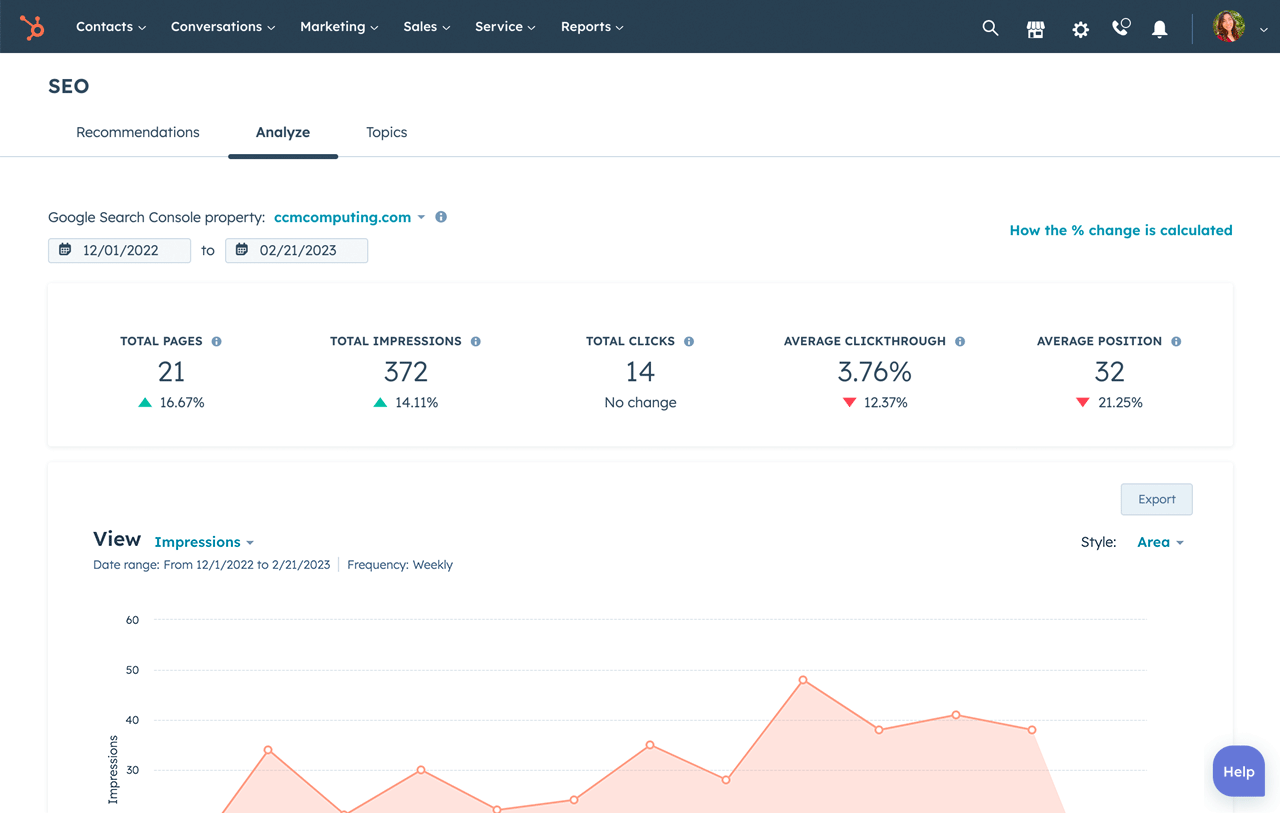
Share your journey
Publish updates about your R&D process, challenges, and solutions. Being open and authentic, especially on social media, can help build rapport with your audience. Posts don’t need to be polished; sharing raw insights about what’s working, what’s failing, and how you’re iterating makes your product story relatable and engaging.
Don’t go to market blind — use engagement data to guide messaging and feature priorities.
Track which blog posts, emails, or landing pages get the most clicks and interactions, and use A/B testing on subject lines, CTAs, or layouts to see what resonates.
Then, create reports to understand user behaviour by persona, region, or interest area. These insights reveal which segments engage most, which topics spark interest, and where users drop off — helping you tailor messaging, prioritise features, and plan content effectively.
Note for early-stage startups: Don’t expect to have a tonne of data right away. Even a small number of interactions can provide meaningful insights.
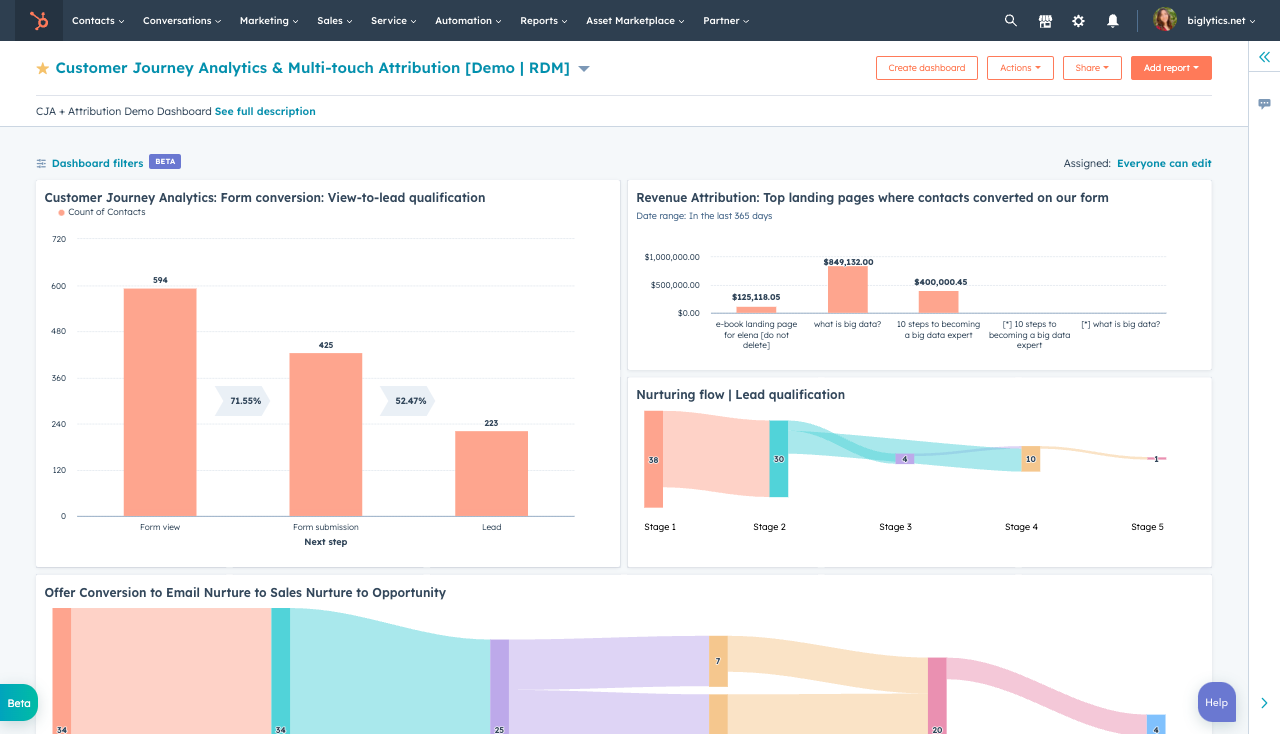
You don’t need to wait until R&D is complete to create commercial traction. And strategy and tech go hand-in-hand. HubSpot enables you to build a community, test hypotheses, validate demand, and transition smoothly from grant-funded R&D to revenue-generating activity.
We partner with companies like HubSpot to provide startups like yours with more than just grant support — because funding is only part of the puzzle. Claim your 30% off Professional and Enterprise plans for one year! The right tools and insights help startups grow effectively, showing grant assessors, investors, and customers that you’re thinking like a commercial organisation, not just a research lab.









